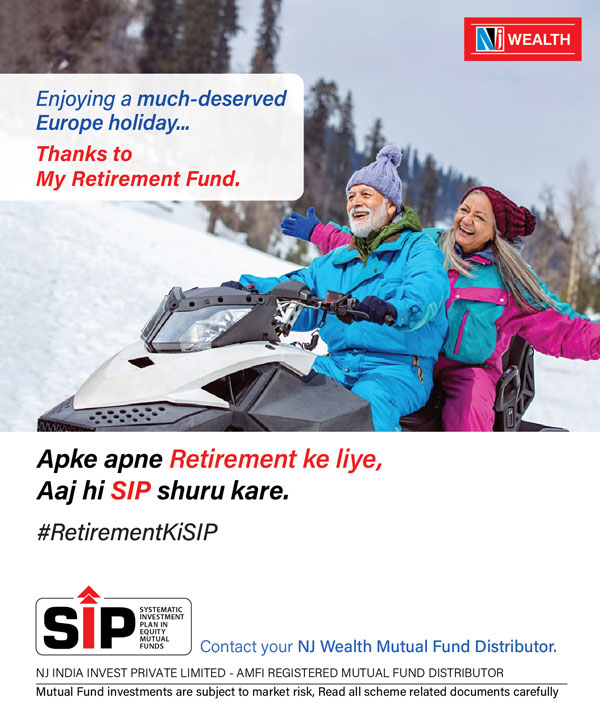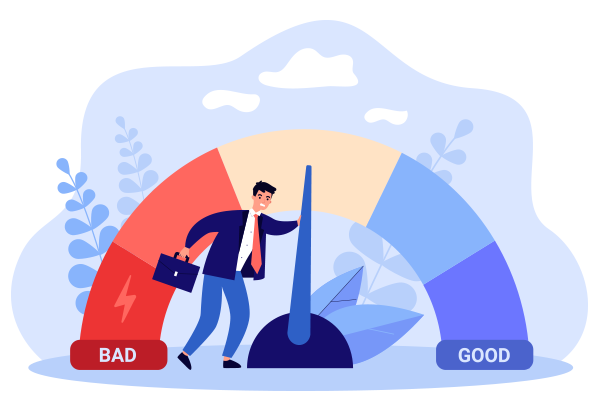In line with this perspective, as we approach the second half of CY23, several key factors are expected to act as triggers for the equity markets. These factors include the peak of interest rates, the stabilization of global growth, and a reduction in geopolitical tensions on a global scale. Additionally, we anticipate that inflation will remain persistent, leading to a gradual reduction rather than an abrupt change.
Lastly, we would like to highlight that the valuation discrepancy between large-cap and mid/small-cap stocks has now realigned to historical averages. Consequently, the mid/small-cap space has become an attractive destination for stock-picking, offering opportunities for wealth creation.
As we implement our "FAIR" investment philosophy into action, we view FY23 as a year of favorable outcome and continue to invest time and action in following the process diligently.
However, it's important to note that investing in metaverse-centric funds, like any investment, carries risks. The metaverse is a relatively new and rapidly evolving concept, and its future trajectory and commercial success are uncertain. Additionally, investing in emerging technologies and sectors typically involves higher levels of risk compared to more established investment options.
In summary, while metaverse-centric funds hold the potential for generating returns for Indian investors, it is important for investors to carefully assess the risks, conduct due diligence, and make informed investment decisions based on their individual circumstances and investment objectives. Consulting with a financial advisor or professional can provide personalized guidance in this regard.








